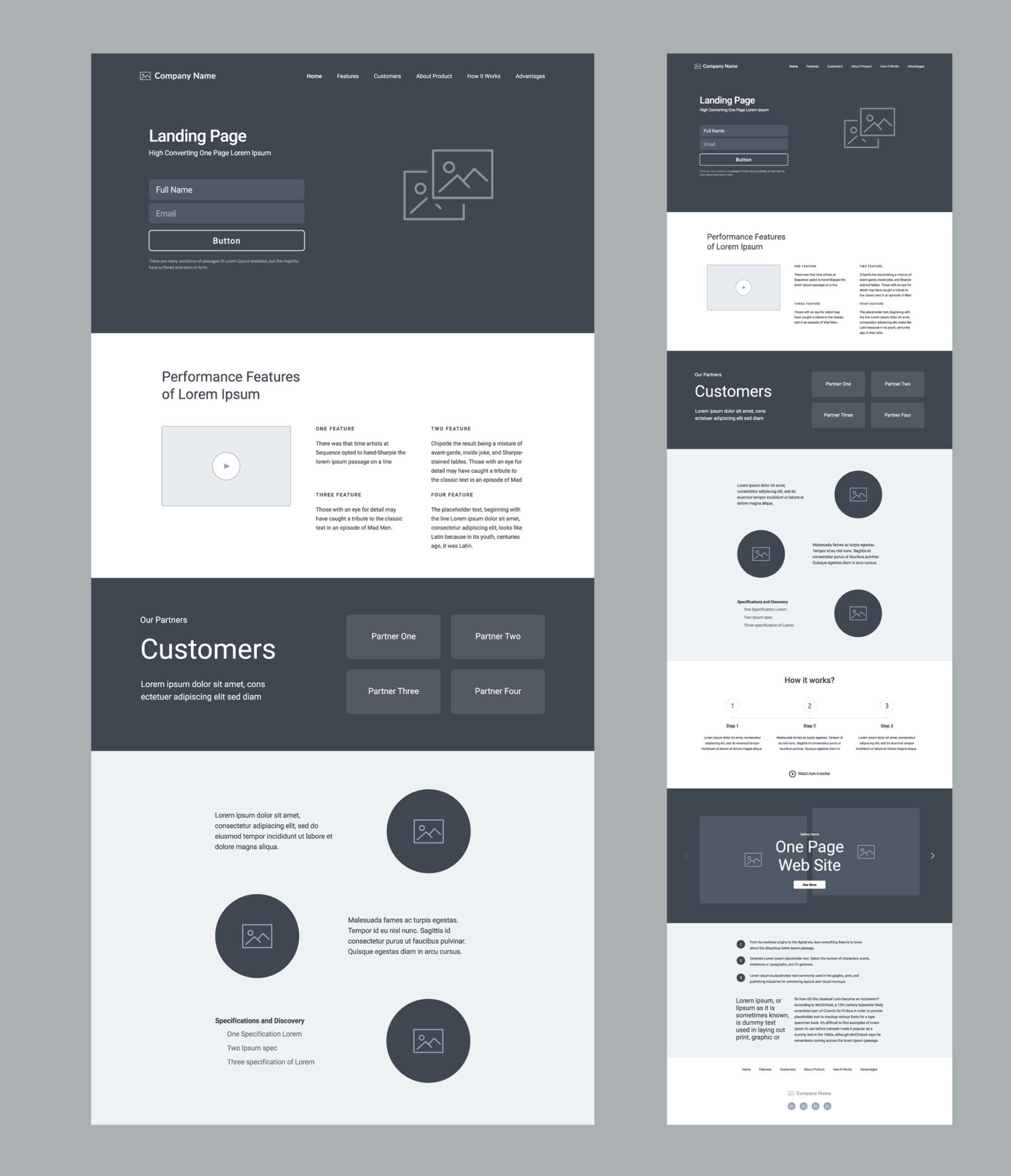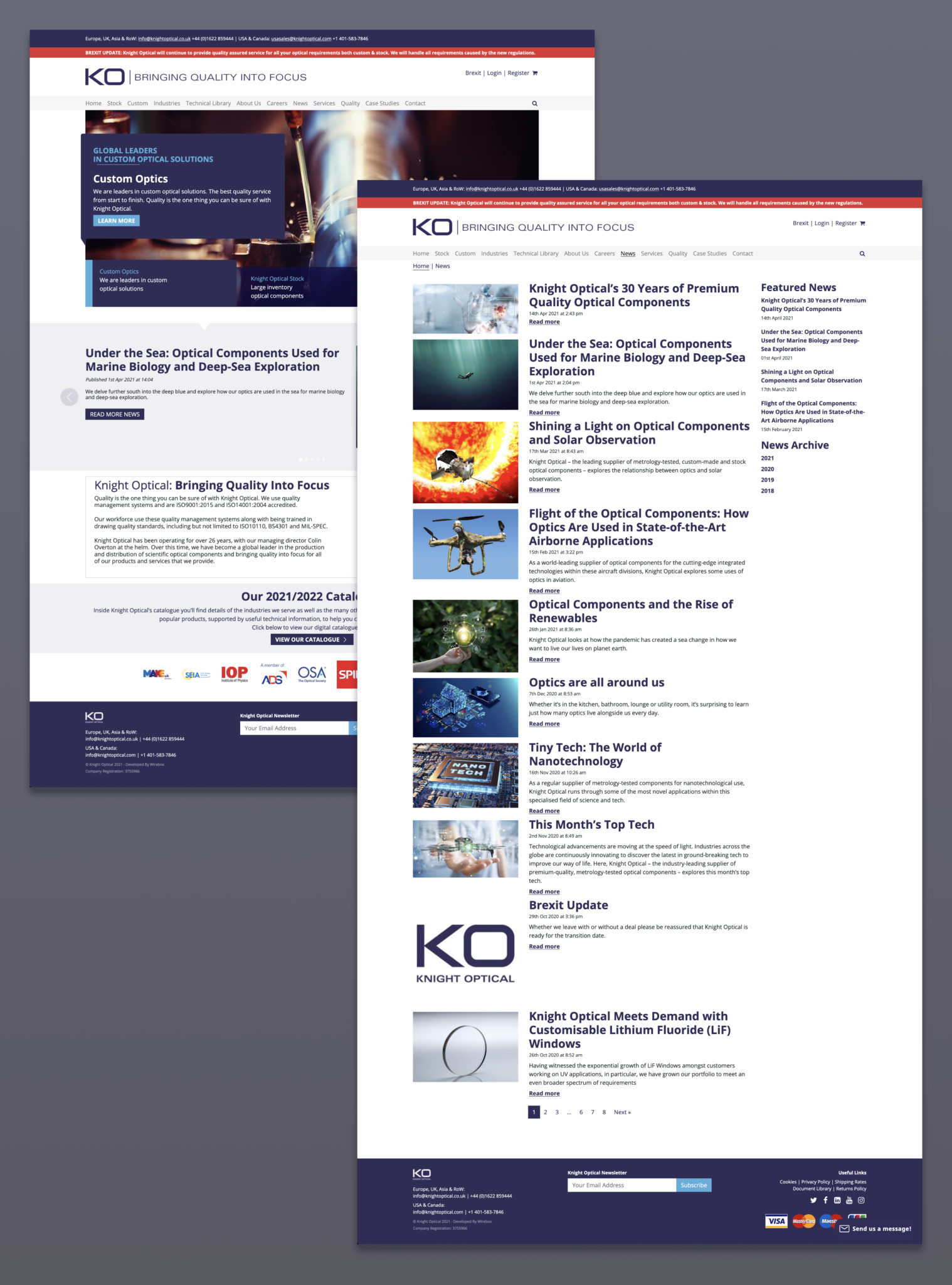user experience_
Steve Jobs, the former CEO of Apple, once famously stated that the user experience – or design in his terms – wasn’t about what something looks or feels like, but is about how it works.
The page user experience, now formalised in the expression, UX, is more important than any particular single part or function of a website, and the overall website feel is considered to be much more than just the sum of its parts. Users may forgive a few quirks and oddities on a site, provided that the overall UX is a positive one, but get the experience wrong and people will remember you for all the wrong reasons. The most common reasons that people cite for disliking a website include:
- It takes ages to load. It’s not 1989 and no one likes dial-up speeds. A few milliseconds are okay, but beyond that we start to get edgy and wonder if the computer has frozen. We have, as a species, become accustomed to having it now and waiting doesn’t fit our hectic lifestyles.
- It has pop-ups. As if almost constant General Data Protection Regulations (GDPR) checks weren’t enough, haphazard and generally page-unrelated pop-up boxes are guaranteed to irritate. Even pop-ups that aren’t some third-party advertising tokens and actually relate to the site are annoying enough, and impact your page-loading speed.
- Animations. Okay, if it is really necessary and relevant to what is happening on the web page, that one maybe is acceptable but endless revolving and flashing images and headings will make your page look amateurish as well as slowing it up. Flash was one of the worst inventions, ever.
- Poor copy. Blocks of text littered with keywords might get you up the page rankings but it will also alienate potential customers. Good copy needs to have certain density of keywords – the number of times it is used per 100 words – and 1% or 2% is fine. Much more than that and you risk ending up with keyword salad which your readers will find hard to digest. But above all, make it interesting and at least slightly related to the page itself.
The list goes on. We could mention poor links or missing social share buttons, or even basics like poor colour design, but we won’t. You should have all of these basics nailed by now and if you haven’t just talk to us.

Google takes UX very seriously in its rankings and this has become apparent in the way that the search engine giant ranks pages. And this is an ongoing process with Google always examining ways of honing its search facilities. In June, Google will launch updates to their Page Experience Signal to augment their current search capabilities.
Page Experience is an object-orientated approach that combines signal scores to create an overall score, and that becomes important to you and your website. The weighting given to each signal is something that Google are keeping close to their chest, so page design that embraces all of the core elements is going to be essential. If your page isn’t designed in the right way and optimised for Page Experience, now is the time to seek professional help. Check out our Website Health Check which is designed to help your business sail through Google’s new rollout without losing any rankings.

